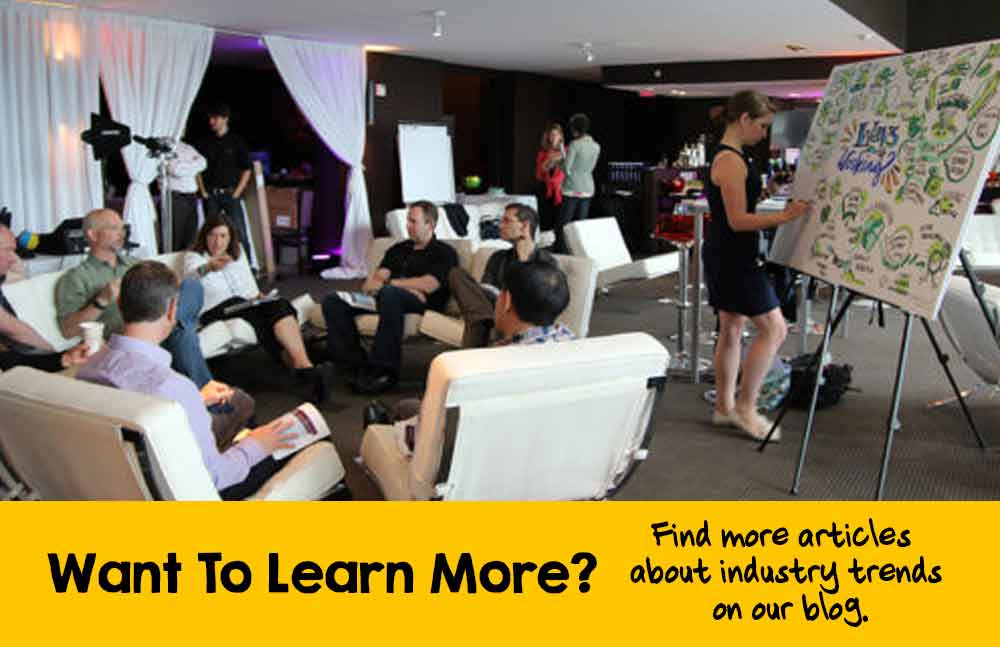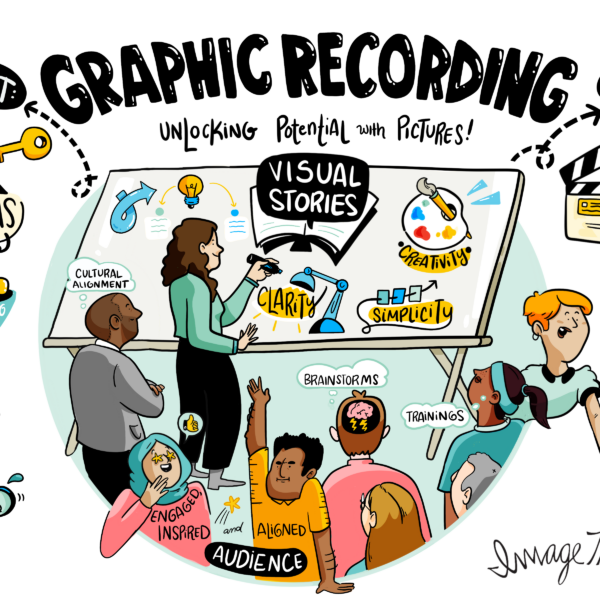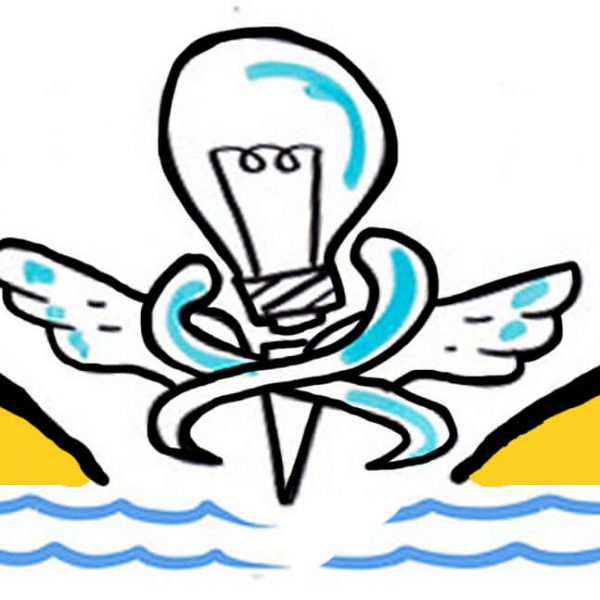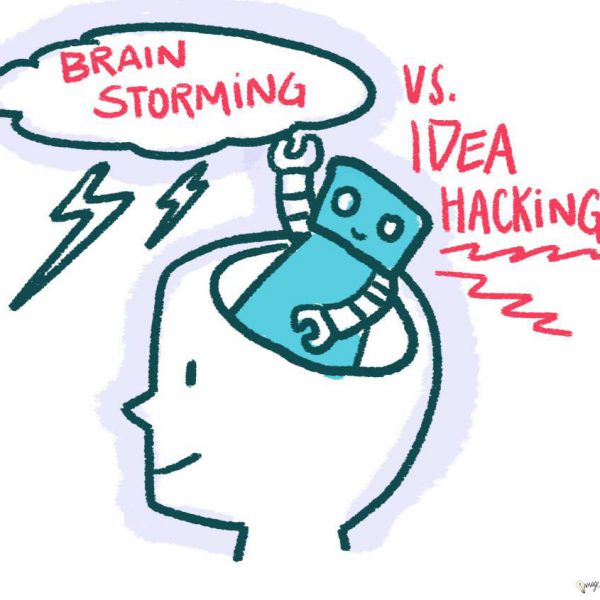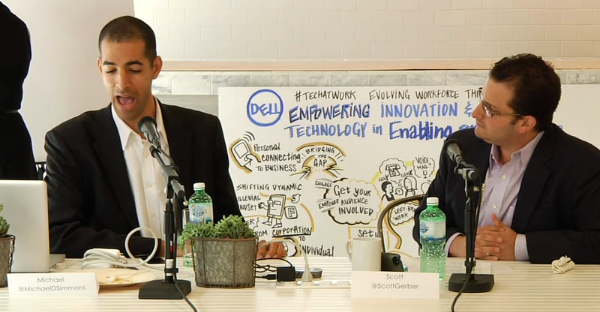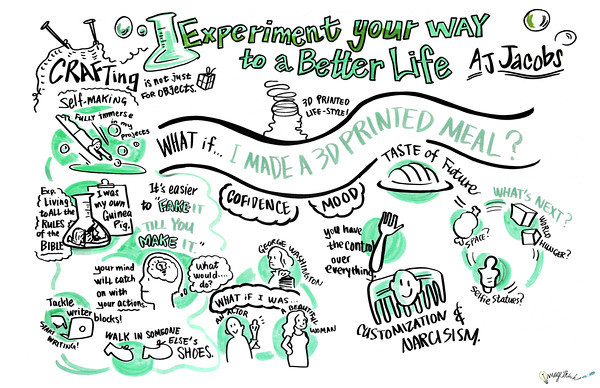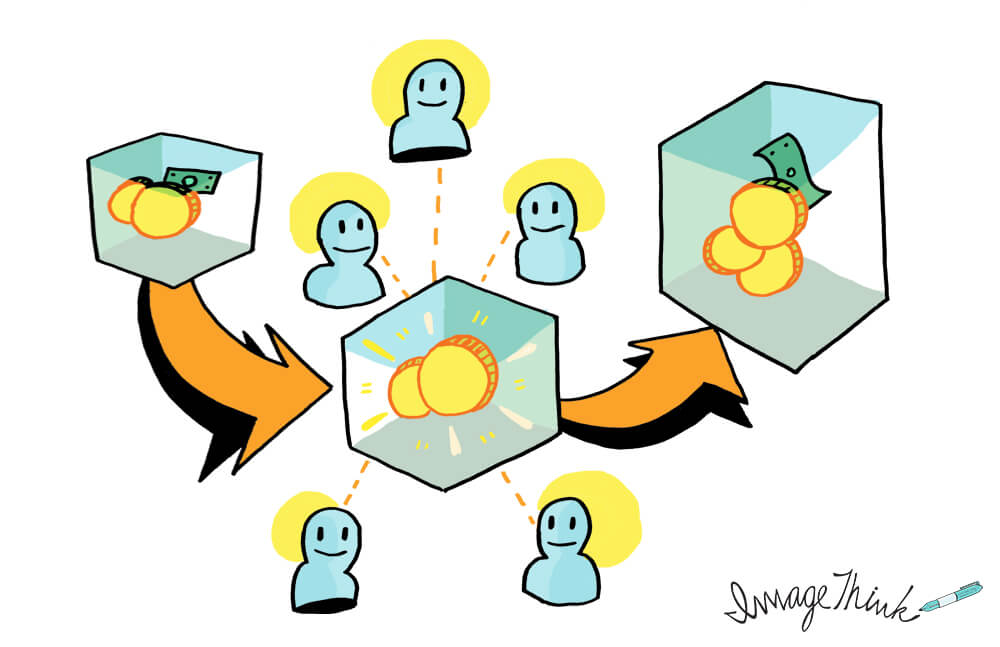
Have you ever thought about the back end of your daily transactions?
If you’re like most people, the answer to that question is probably a resounding no. Most people tend to leave that issue out of sight and out of mind…until something goes awry.
But as graphic recorders who support hundreds of sessions a year, we find ourselves getting crash courses in emerging technology trends. After all, that’s our job as creative partners–to take complex ideas and masses of information and distill them into digestible visual content.
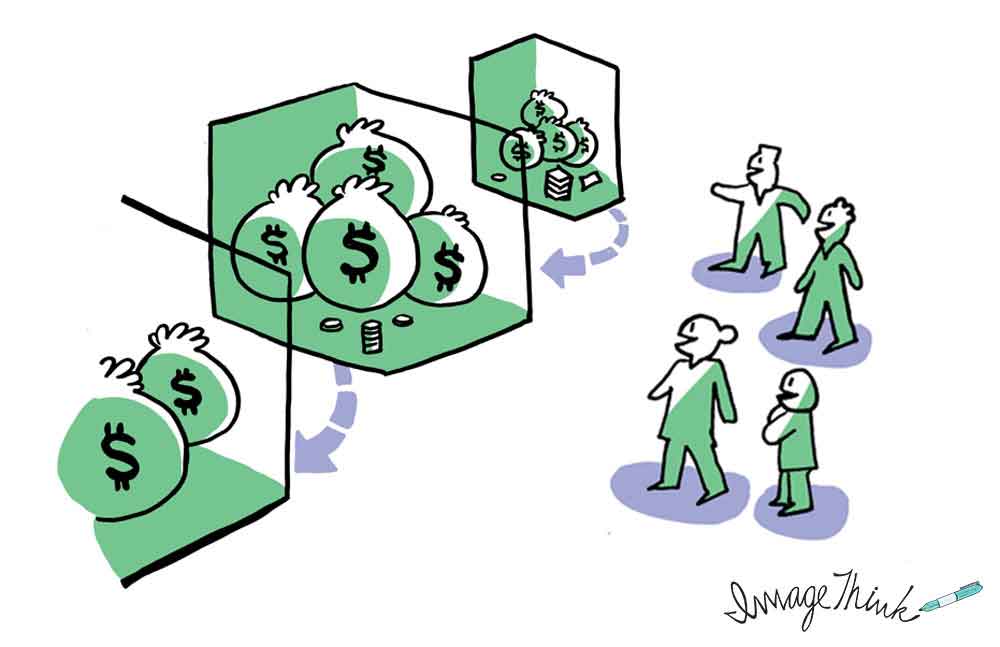
Take blockchains, for example. In the most reductive terms, blockchains are public facing ledgers of transactions made in chronological “blocks.” They are what many consider the future of our increasingly online economy…and they are notoriously difficult to explain to people outside-the-know (i.e., people like us).
Yet after supporting several organizations at the vanguard of this new tech paradigm, our team is starting to get a grasp on this still-in-progress digital economy, and how blockchain works and how it will impact the way we exchange money, goods, and life-affirming resources.
For this post, we want to use visuals to clarify how a seemingly overwhelming endeavor such as a blockchain ledger can be the answer to creating a transparent, decentralized, and secure financial record. Here are some key takeaways from engagements we’ve visualized regarding the blockchain ledger:
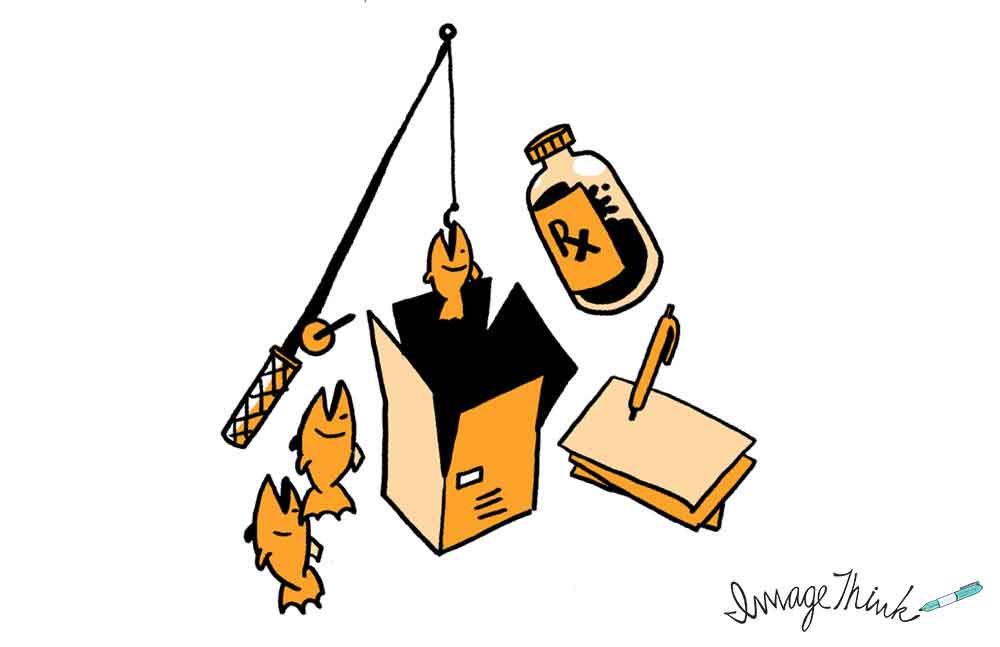
It’s more than just finance and using bitcoin for transactions.
Blockchain infrastructure can be applied to more than just financial industries- medicine, shipping and distribution, and food are all avenues that benefit from the transparency of an open ledger.
There is less concern about corruption along supply chains, or institutions taking advantage of transactional blind spots.
We’re still in the early phases of knowing what’s possible.
Anyone who has worked with blockchain protocols will tell you that it’s going to change the world in the same way as… the internet. There’s still a lot of development and speculation about the possibilities of these protocols and who’s going to be on board.
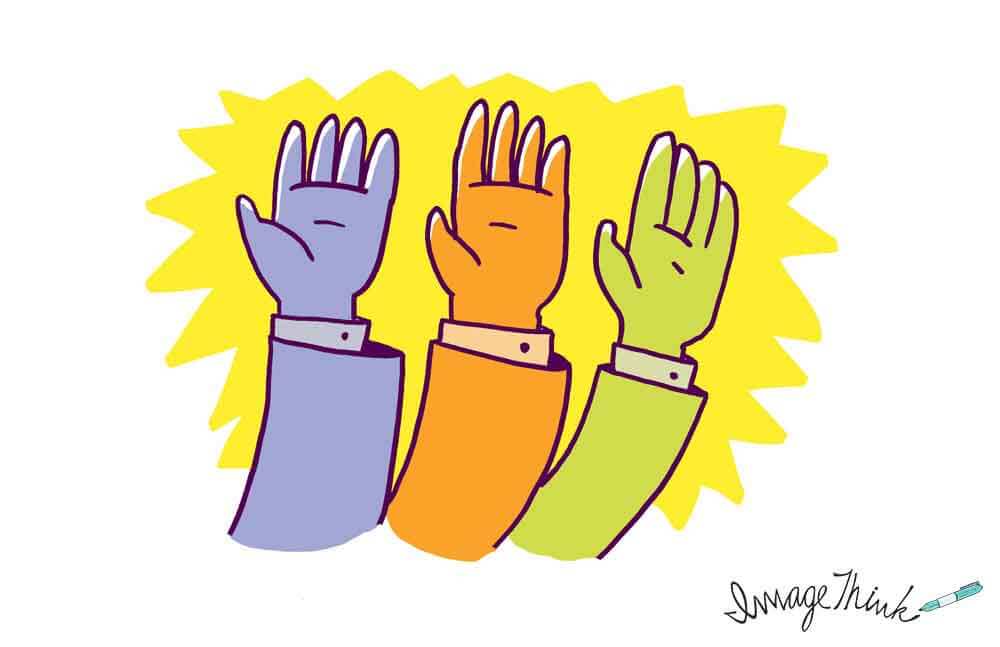
Blockchain ledger records are edited and confirmed by consensus models.
This is something that is set in place to ensure that transaction records aren’t compromised or disproportionately influenced by one entity. Because these records are open (think Wikipedia) there is no question about where assets and goods are going.
Many businesses are already making plans to utilize blockchain protocols.
Many financial companies and institutions are making room for blockchain infrastructure in their long term business growth strategies. While this isn’t a central focus for many organizations, it’s still too big of a deal to disregard as insignificant or unnecessary. Now that you have a better idea of how blockchain works, feel free to take a look through our blog for more informative guides on emerging technology trends.
